Equipment
Picking the perfect putter
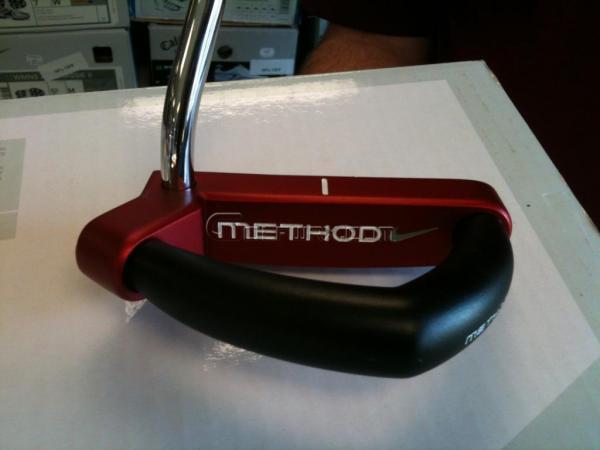
Picking the perfect putter
By Zak Kozuchowski
GolfWRX Staff
Most golfers own many more putters than they do club championship trophies. But there’s good news for those that would rather sooth their putting woes at their pro shop than on their home course’s putting green. Putter technology is better than ever been before, and it can help you make more putts without changing your stroke.
I spoke with top putter designers from Nike Golf, Cleveland Golf and TaylorMade about the technology in their latest putter lines. While their putters differ in shape, style, color and materials, all the designers have one common goal — they want you to putt better. Before your next putter purchase, read what they had to say. It will save you time, money and most importantly strokes.
Click here for more discussion
Nike Golf
David Franklin is a master model maker at Nike Golf, but you might know him best from Nike’s Method putter commercials. Remember the guy Stewart Cink topped off with coffee from the Claret Jug? That was him.
More importantly, Franklin was the mind behind the Nike Method putter, a putter that has already claimed two major championship victories in the last two years. Franklin came up with the idea for the putter after he and Tom Stites, Nike director of product creation, watched video of putts rolling on a high-speed camera. Before seeing the video of a putter interacting with the golf ball at impact, Franklin assumed that impact was at the bottom of the putting stroke. What he saw on video was that impact was actually occurring as a player hit slightly up on the golf ball.
With that in mind, Franklin came up with the idea for the Method, which features grooves in the putter face to help facilitate more forward roll on putts. During construction of a Method putter, polymer is injected into a slot in the bottom of the putter, filling the space in the putter face grooves. After the face is machined to create a flat surface, the bottom half of the grooves are removed and filled with metal, creating what Nike calls “Polymetal” grooves.
The multi-material grooves cause the putter to lift up on the back of the ball during impact, which according to Franklin eliminates much of the skipping and skidding in the early parts of a putt.
“With Method, we’re able to take a bit of loft off, but still retain the proper launch angle,” Franklin said. “Top spin is good. Think of a tire on a bicycle. It is much more stable as it spins.”
According to Franklin, a backspinning golf ball is much more susceptible to interruption from imperfections on a putting green. That’s why he said it has taken Tiger Woods time to adjust to his Nike Method putter, technology that the former world No. 1 is very excited about.
“With the Method, whatever energy you put into the ball is what you get,” Franklin said. “The ball rolls better for Tiger, but it also rolls different. He has had to make some adjustments to the way he reads greens. From what we saw in the President’s Cup, he seems to be on his way.”
The Method line offers traditional shapes and a premium price point (models start at $299.99). This year, Nike also released the Method Core Series putters, which offer the same roll as the original Method putters at a lower price point (models start at $155.99). The Method Core Series uses a lightweight aluminum and polymer insert that removes 35 grams of weight from the middle of the putter.
“It doesn’t fee exactly like the Method,” Franklin said, “but that’s on purpose. Some people like a softer feel, some like the crisper feel (of the original Method.)”
The weight that is removed from the face of the Method Core putters is redistributed to different areas of the putters, increasing the putter’s MOI. LPGA Tour player Suzanne Petterson began the year using an original Method putter, but after struggling with her putting, she switched the Method Core Drone. According to Franklin, the physics of the larger mallet-style putter actually helped her smooth out her stroke. Since the change, Petterson has won twice on Tour.
“She was struggling a little with her putting, and she’s a professional,” Franklin said. “You’ve got you think that’s going to help a player that doesn’t get to practice as much as a professional.”
Nike is going to take high MOI putters even further with its future release of the Method Concept putter, which has an even high MOI than the Method Core Drone.
It has an anodized aluminum face, which accounts for less than one-third of the weight of the putterhead. The black portion is constructed of a much heavier steel ring.
“A lot of aluminum putters have a very hollow feel,” Franklin said. “The way the toe and the heel are bolted together in the Method Concept gives the putter a very solid feel. The dogleg shape in the heel keeps the center of gravity deep, and positions the weight as far back as we can get it. The weight is so far away from the face, it smooths out the stroke.”
Cleveland Golf
Adam Sheldon is the brand manager at Cleveland Golf. He oversees all of the putter craftsmanship for Cleveland’s putters, as well as the Never Compromise line. Cleveland is one of the few companies that does not currently offer any putters with an insert, a decision that Sheldon does not apologize for.
“There is a split between people who like inserts, and people who don’t,” Sheldon said.
For players who don’t like inserts, and are looking for a putter with a price point that won’t break the bank, Cleveland’s Black Platinum series is right for them. The putters are cast from 17-4 stainless steel, and feature CNC milled faces.
Because the putters do not have an insert, they can be manufactured at a lower price (models start at $79.99). They are available in a variety of classic styles and different lengths, including belly and “almost belly,” a 39-inch putter that allows a player to capitalize on the higher MOI of a belly putter without the need to anchor the grip to the body. Clevelend’s T-Frame Mallet is the only high MOI putter available is Cleveland’s current line, but that doesn’t mean it’s Cleveland’s only forgiving putter.
“With high MOI putters, there’s a forgiveness factor that you can’t get in blade putters, although most blade putters these days offer some heel-toe forgiveness,” Sheldon said.
Never Compromise’s Limited Edition putters are a high-end line forged entirely from 303 stainless steel, providing the look and feel purists demand. David Toms called the Dinero series putter he used to win the Crowne Plaza Invitation in May 2011 “one of the best feeling putter he’d ever hit in all of his years on the PGA Tour.” That’s because the Limited Edition series, which includes the Gambler, Dinero and Connoisseur, are 100 percent CNC milled, and are manufactured to some of the tightest tolerances in the industry.
“We don’t like to hand polish the Limited Edition putters,” Sheldon said. “Every machine mark is intact on the putters, which give them a very distinctive look.”
In March 2012, Never Compromise will release a line of two-piece insert putters called the Sub-30 that are based on the extensive feedback of PGA Tour players Graham McDowell and Jeff Overton, who prefer insert putters.
“It’s for someone who’s looking for a little more forgiveness, or a slightly different feel,” Sheldon said. “It will be reminiscent of a line we did years back.”
TaylorMade
TaylorMade market research has shown that players are more interested in insert putters, which is why their most recent lines are composed entirely of putters that have an insert.
“Amateurs have a significant amount of backspin on their putts,” said Brain Bazzel, Product Marketing Manager at TaylorMade. “With our inserts, they can take the same stroke and get better forward roll.”
According to Bazzel, their insert putters create 60 more rpms of forward roll than non-insert putters. TaylorMade offers two inserts in its current line, one made of Titialium, and the other made of Suryln. Both putter features grooves in the putter insert to help create a better roll.
Chris Schartiger, a member of TaylorMade’s putter team and R&D Department spent nearly a year developing the Surlyn insert, which provides the soft feel many players prefer, and all of the performance of the firmer-feeling Titialium insert. TaylorMade’s Ghost Spider and EST 79 putter line employ the Suryln insert, while the Corza Ghost and the rest of the Ghost Series putters feature the Titialium insert. Rory Sabbatini is one of the players that prefers a softer feel in his putter, and used a TaylorMade Ghost 770 Tour Prototype with a Suryln insert to win the 2011 Honda Classic at PGA National Golf Club.
“At TaylorMade, performance is still No. 1.” Bazzel said. “There had been a ton of interest for high MOI putters. Shape and alignment have been our key focus, and we’ve been able to create a ton of momentum there. We’ll add to our line in 2012, and release a high-performing, easy-to-align mallet as well as other more classic shapes.”
Equipment
BK’s Breakdowns: Cameron Young’s winning WITB, 2025 Wyndham Championship

Cameron Young’s WITB from his win at the 2025 Wyndham Championship. Cameron is a Titleist staff player but his bag is definitely filled with some unique clubs. Here are the clubs he used to secure his first PGA Tour win!
Driver: Titleist GT2 (9 degrees, A1 SureFit setting)
Shaft: Mitsubishi Tensei 1K Pro Orange 70 TX
3-wood: Titleist GT3 (15 degrees)
Shaft: Mitsubishi Tensei 1K White 80 TX
Hybrid: Titleist GT2 (21 degrees)
Shaft: Fujikura Ventus HB Black VeloCore+ 10 X
Irons: Titleist T200 (4), Titleist T100 (5), Titleist 631.CY Prototype (6-9)
Shafts: True Temper Dynamic Gold X7 (4-9)
Wedges: Titleist Vokey Design SM10 (48-10F, 52-12F, 56-14F @57), WedgeWorks (60-K* @62)
Shafts: True Temper Dynamic Gold X7
Putter: Scotty Cameron Phantom 9.5 Tour Prototype
Grips: Golf Pride Tour Velvet Cord
Ball: Titleist Pro V1x Prototype
Whats in the Bag
Peter Malnati WITB 2025 (August)
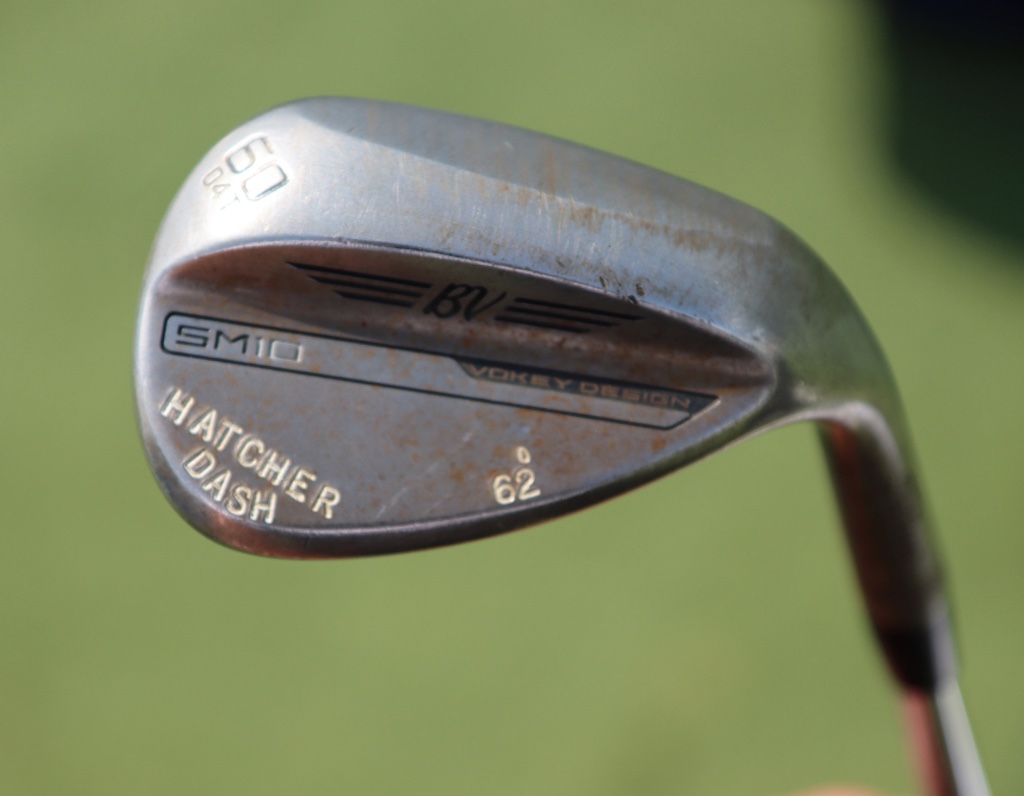
- Peter Malnati what’s in the bag accurate as of the Wyndham Championship. More photos from the event here.
Driver: Titleist GT3 (10 degrees, C2 SureFit setting)
Shaft: Project X Denali Blue 60 TX
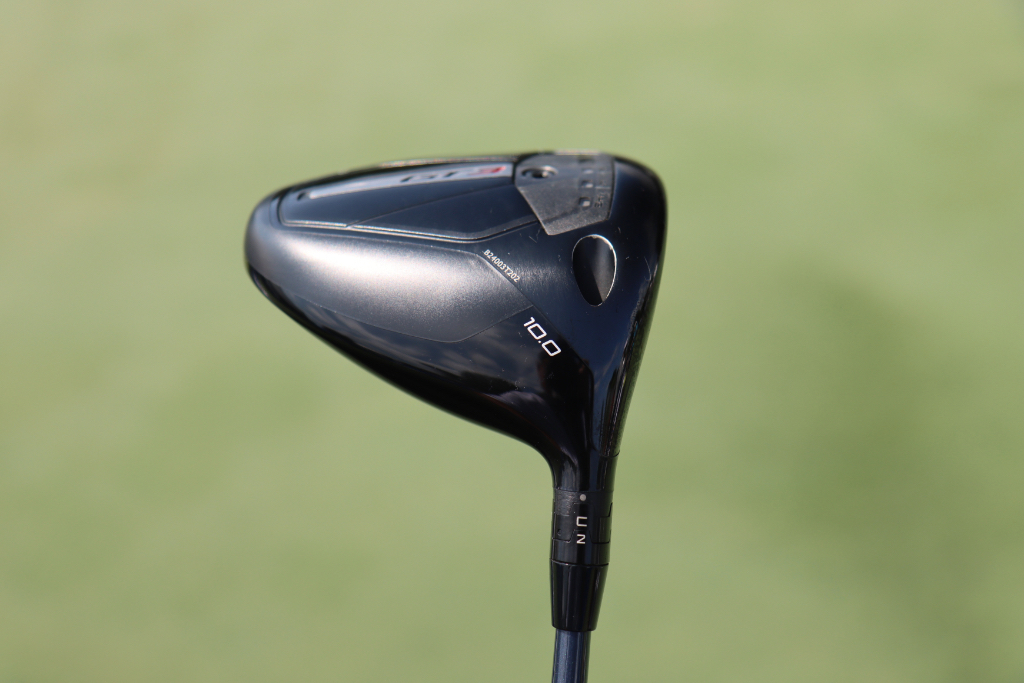

3-wood: Titleist GT3 (15 degrees, A1 SureFit setting)
Shaft: Fujikura Ventus TR Blue 7 X
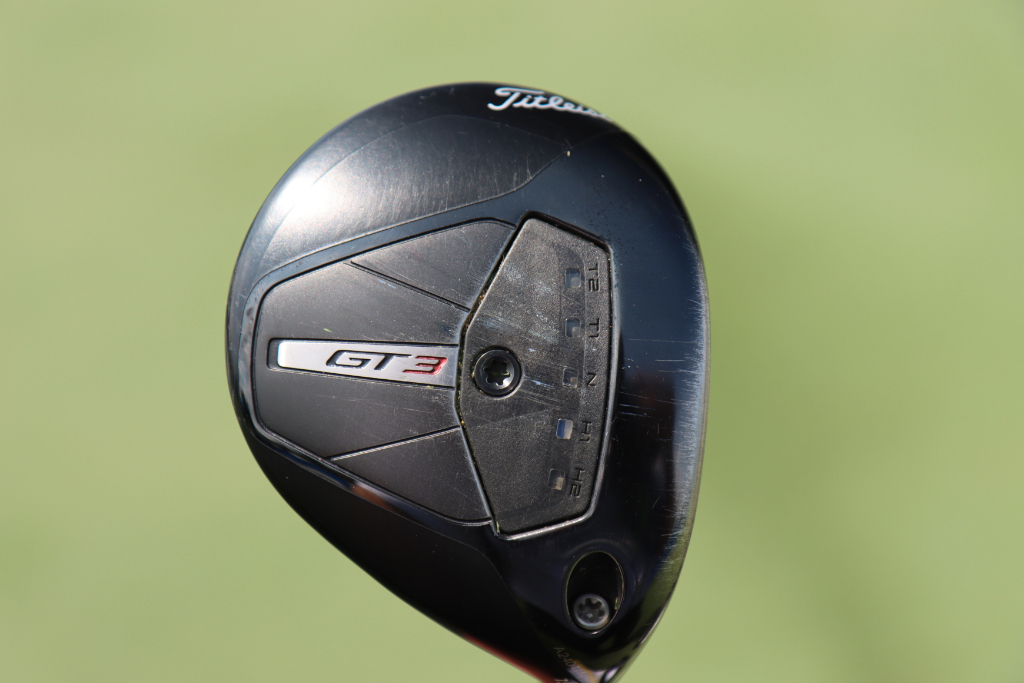
7-wood: Titleist GT2 (21 degrees, D1 SureFit setting)
Shaft: Fujikura Ventus TR Blue 8 X
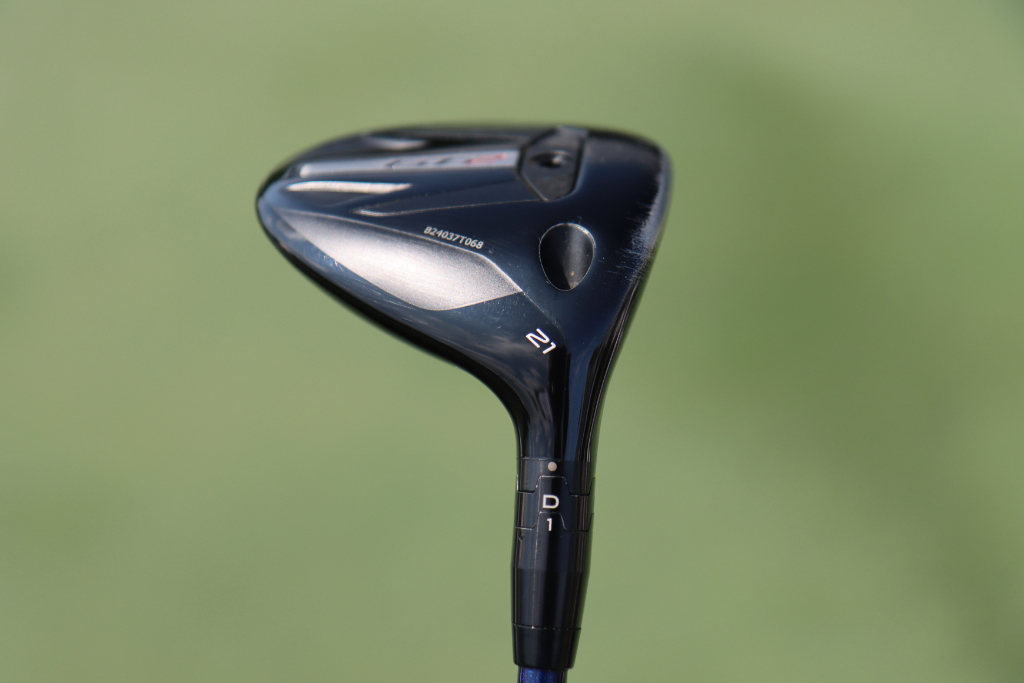
Irons: Titleist T150 (4, 5), Titleist T100 (6-9)
Shafts: True Temper AMT Tour White X100
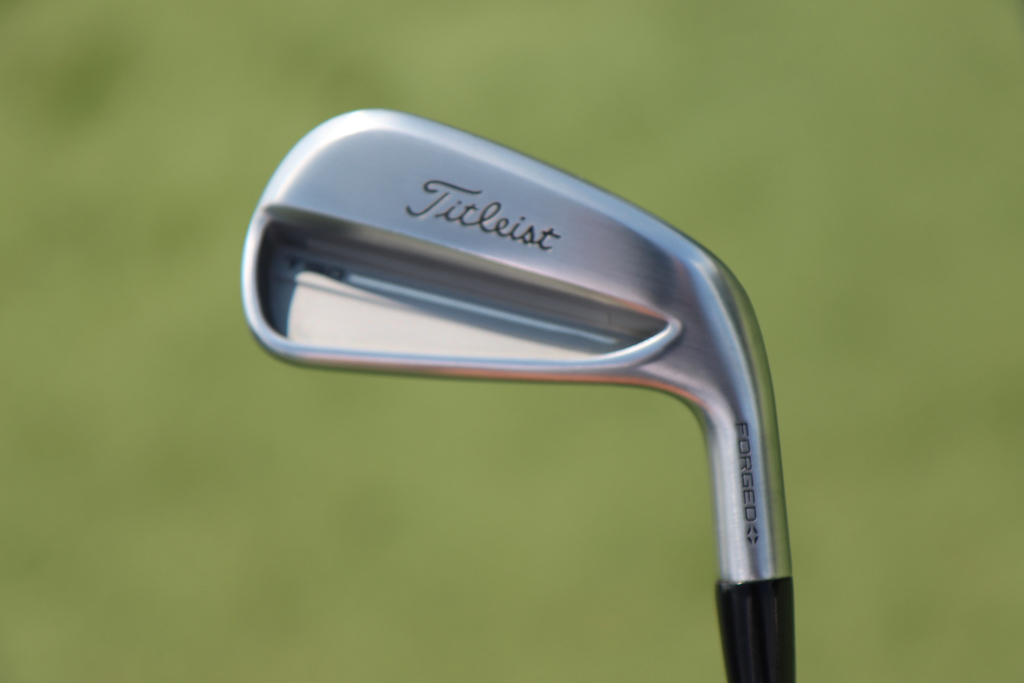
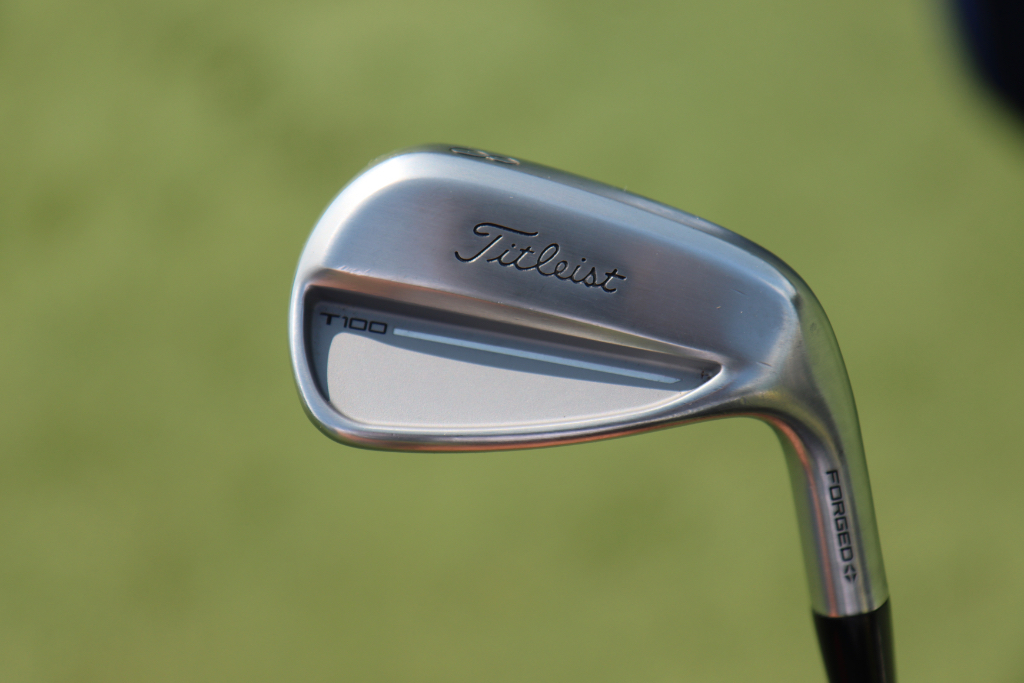
Wedges: Titleist Vokey Design SM10 (48-10F @47, 52-12F, 56-08M @57, 60-04T @62)
Shafts: True Temper Dynamic Gold Tour Issue S400
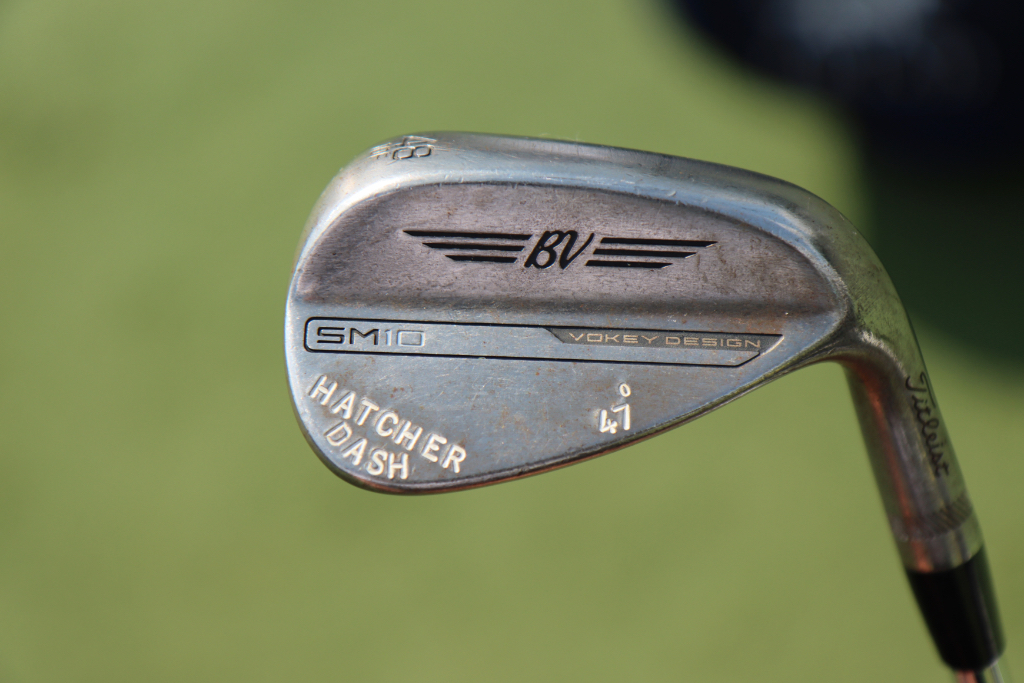
Putter: Scotty Cameron Studio Style Fastback 1.5 Tour Prototype
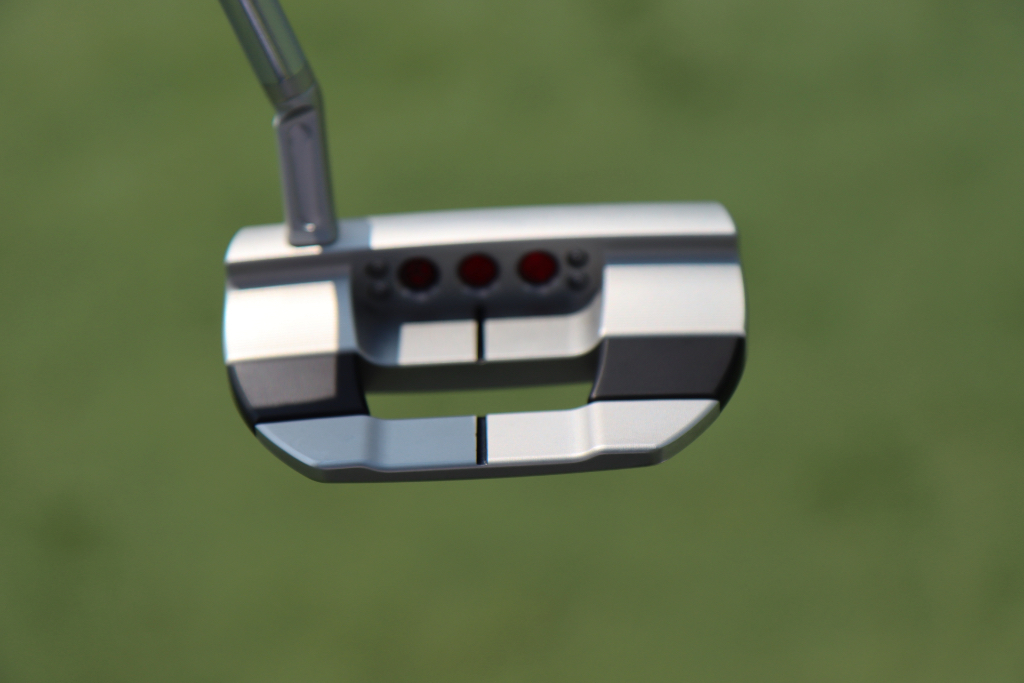
Grips: Golf Pride Tour Velvet
Ball: Titleist Pro V1x Yellow
Equipment
GolfWRX Members Choice presented by 2nd Swing: Best driver of 2025

We’re proud to once again partner with 2nd Swing Golf to bring you GolfWRX Members Choice 2025! 2nd Swing has more than 150,000 new and pre-swung golf clubs available in six store locations and online. Check them out here.

What is the best driver in 2025? At GolfWRX, we take great pride in our online community and the cumulative knowledge and experience of our members. When it comes to the best driver of 2025, we want to know what our forum faithful think.
Since our founding in 2005, the bedrock of GolfWRX.com has been the community of passionate and knowledgeable golfers in our forums, and we put endless trust in the opinions of our GolfWRX members — the most knowledgeable community of golfers on the internet. No other group of golfers in the world tests golf clubs as frequently or as extensively, nor is armed with such in-depth information about the latest technology.
Below are the results of GolfWRX member voting for the 2025 best driver, along with the vote percentage for each club.
Best driver of 2025: The top 5
5. Callaway Elyte Triple Diamond: 6.02%
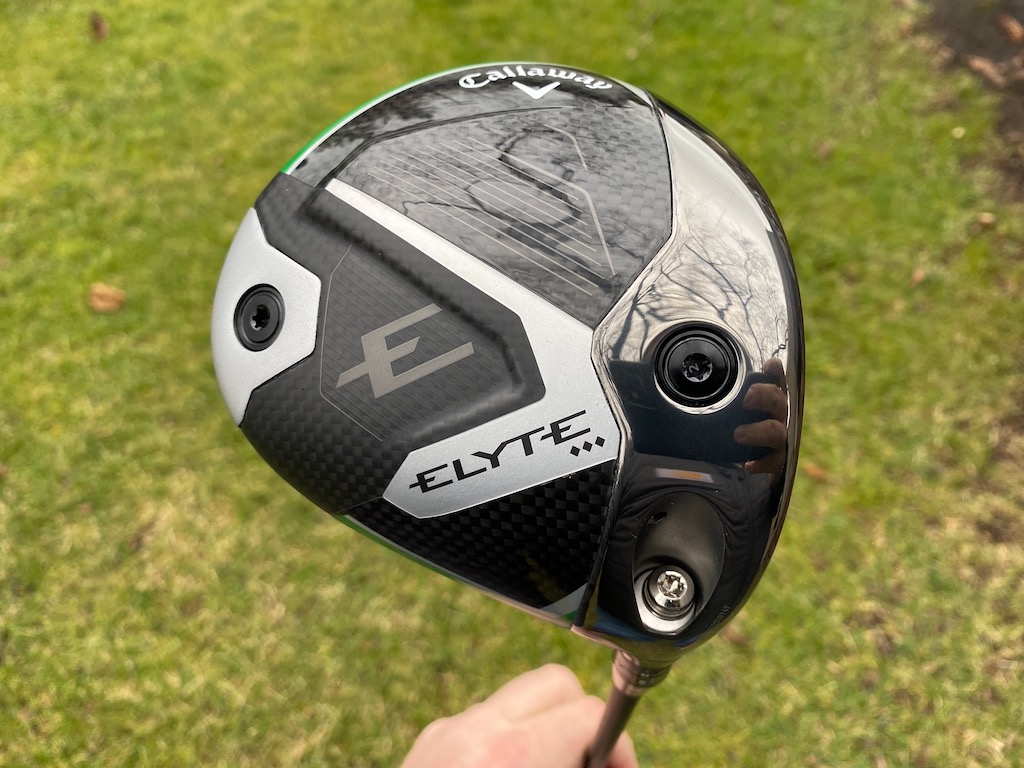
Callaway’s pitch: “For golfers looking for a fast, forgiving, yet workable driver, the Elyte Triple Diamond features a tour-inspired shape and is the preferred model by most Callaway tour players.”
You can read what other golfers are saying about the driver in the GolfWRX forums, and see our launch piece here. Shop the Callaway Elyte Triple Diamond here.
4. Ping G440 Max: 6.86%
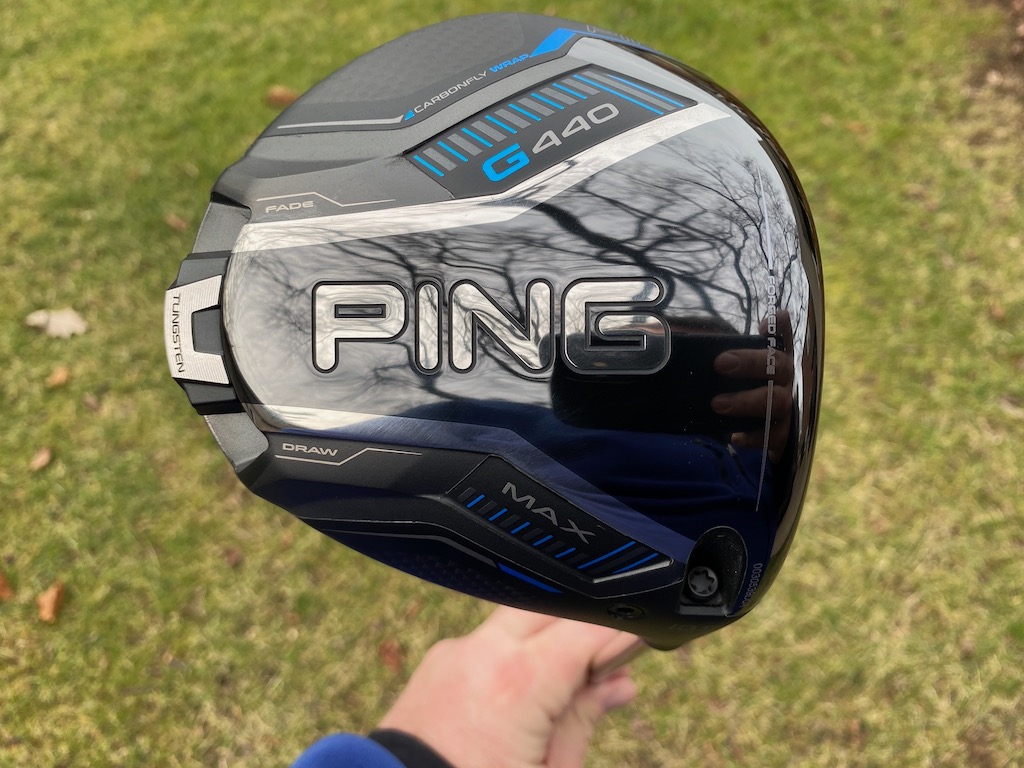
Ping’s pitch: “The most forgiving G440 model, MAX has a hotter face to generate speed and distance, and a lighter overall system weight with a longer shaft (46″) for faster clubhead speed, higher launch and longer carries. The Free Hosel and Carbonfly Wrap crown save weight to create our lowest CG ever and increase forgiveness while contributing to a more muted, pleasing sound.”
You can read what other golfers are saying about the driver in the GolfWRX forums, and see our launch piece here. Shop the Ping G440 Max here.
3. Ping G440 LST: 9.53%
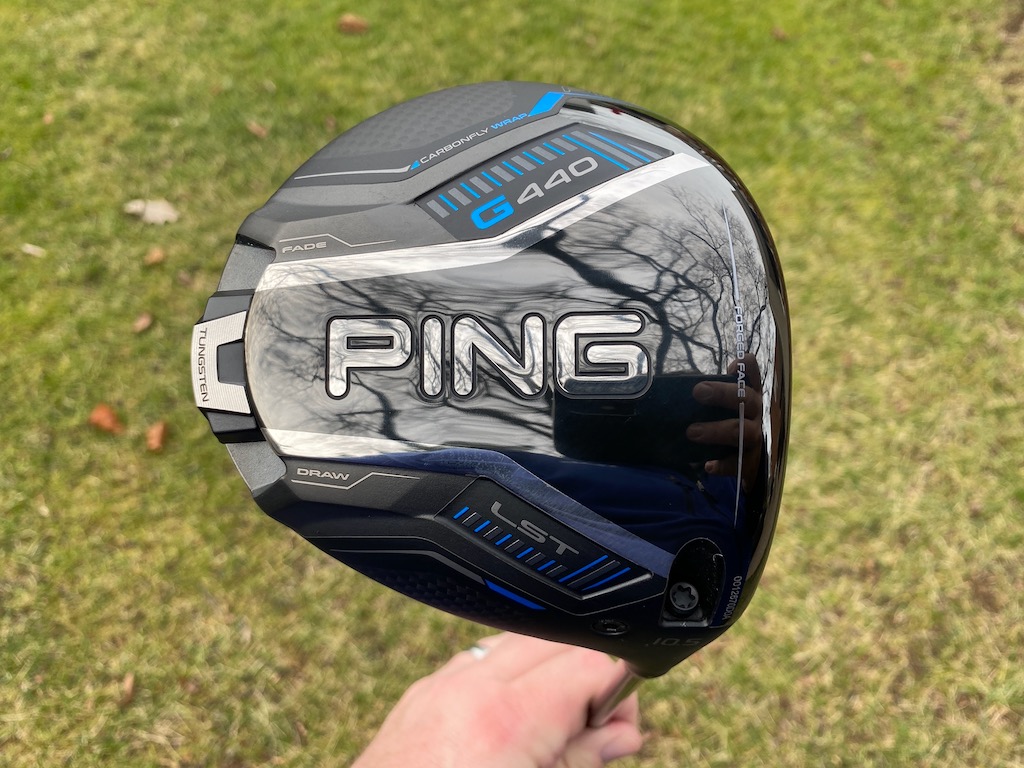
Ping’s pitch: “LST is an especially good fit for faster swings, offering less spin and more control with a penetrating trajectory. A hotter face, lighter overall system weight and longer shaft (46″) deliver more speed and distance while maintaining tight dispersion.”
@phizzy30: “Not a fan of Ping drivers in general, but 440 LST takes the cake. It’s super forgiving across the face for a low spin head, looks and sounds good and the ability to make it play neutral or slightly fade biased through the hosel settings is very appealing.”
You can read what other golfers are saying about the driver in the GolfWRX forums, and see our launch piece here. Shop the Ping G440 LST here.
2. Titleist GT3: 16.55%
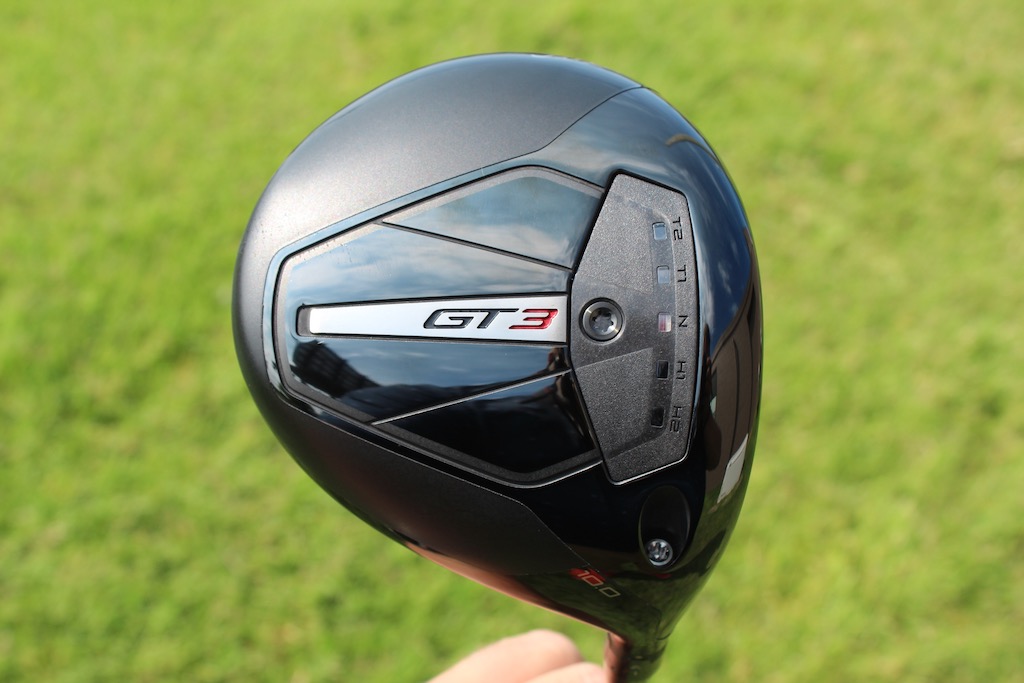
Titleist’s pitch: “The GT3 Driver offers Titleist’s boldest combination of power and personalization through adjustable performance. Dial in the CG Track to your frequent contact location to make your biggest drives even bigger while taking total control over flight and shaping.”
@mrmikeac: “I’ve been Anti-Titleist for years and years and years (outside of Vokey, of course). With that being said, HOLY BEGEEZUS the GT3 driver is an absolute NUCLEAR MONSTER! This thing blew my G430 10K Max out of the water in every single category. Forgiveness is the biggest thing that stands out of me, the 3 model has always been one of the less forgiving models in the past but this GT3 can take bad shot after bad shot and still end up in the fairway, I think a ton of that has to do with the adjustability, it’s actually effective. Feel and sound is perfect, that solid crack is so addicting to hear and when you hit it out the screws this thing can absolutely bomb it. Titleist, I’m sorry for doubting you. You have converted me.”
You can read what other golfers are saying about the driver in the GolfWRX forums, and see our launch piece here. Shop the Titleist GT3 here.
1. Titleist GT2: 22.91%
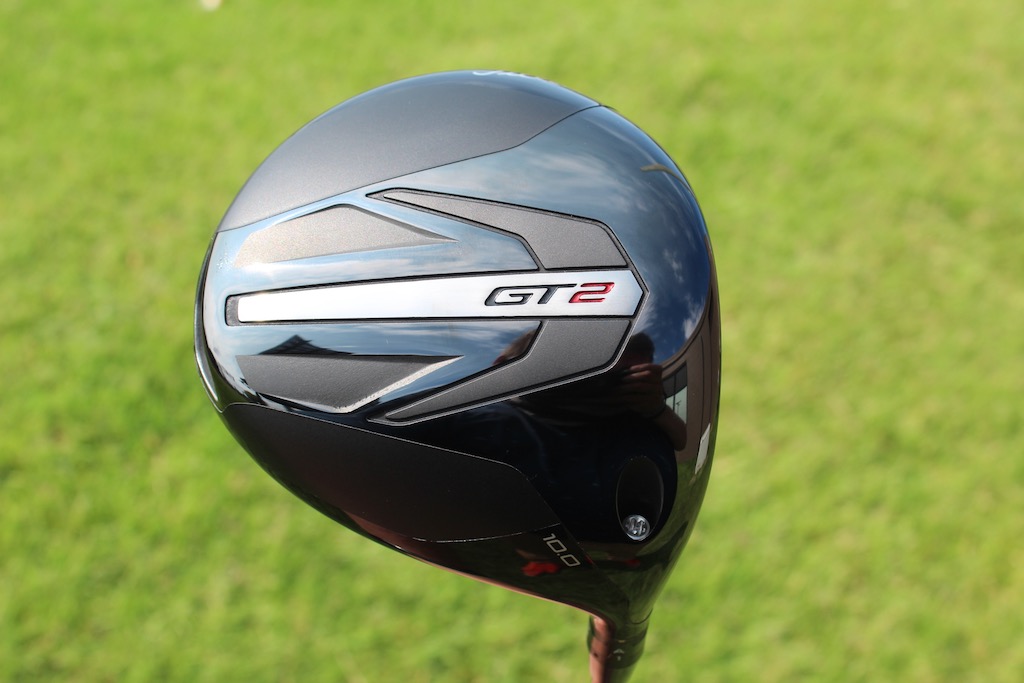
Titleist’s pitch: “Delivering impressive distance from any impact point, the Titleist GT2 Driver extracts maximum performance through a forgiving design. Get the stability and added confidence of a high-MOI driver without sacrificing speed.”
@DTorres: “The Titleist GT2 has proven to be the best driver of the year. Packaged in a classic profile, GT2 perfectly balances performance and forgiveness while consistently being a high performer across all categories.”
You can read what other golfers are saying about the driver in the GolfWRX forums, and see our launch piece here. Shop the Titleist GT2 here.
Other drivers receiving >2% of the vote
| Driver | Vote percentage (%) |
|---|---|
| Cobra DS Adapt Max K | 4.85% |
| Ping G430 Max 10K | 3.85% |
| Callaway Elyte Triple Diamond | 3.68% |
| TaylorMade Qi35 | 3.51% |
| Callaway Elyte | 3.18% |
| Cobra DS Adapt X | 2.34% |
| Cobra DS Adapt LS | 2.17% |
| TaylorMade Qi35 LS | 2.17% |
View this post on Instagram










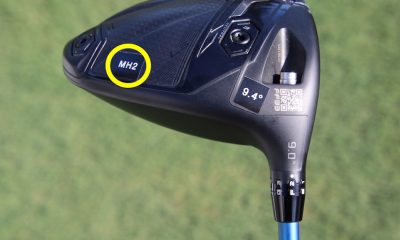



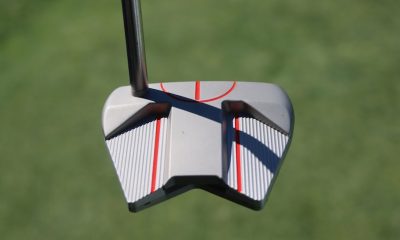

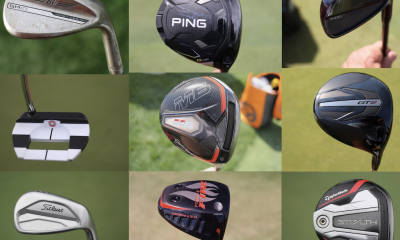

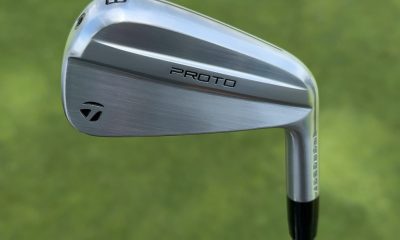

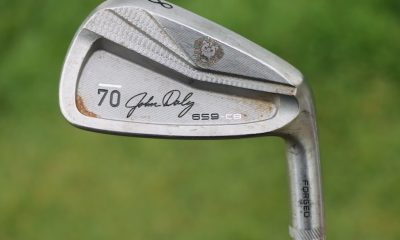









Ian
Nov 5, 2012 at 2:20 am
I understand where you’re conmig from, but not sure I agree. This new TaylorMade Manta is loaded with MOI and has some amazing alignment features, and it’s going to help a lot of recreational golfers. It’s the putter equivalent of a super-game improvement iron. So I don’t think this stuff is being developed to the exclusion of the recreational golfer. That said, if the average recreational golfer grabs a toe-down blade because he saw Mickelson win with one yesterday, then, yeah, the frustration curve is probably going to be steeper. So I think it’s less about products being developed to the exclusion of the average golfer, and more about the average golfer not always grasping the choices. It’s not about what’s hot, but rather what fits (not only in the strictest term of putter fitting, but also what’s a manageable style given one’s particularly skill level and practice time). There are plenty of super-game improvement putters out there. But if the golfer is hell-bent on getting a Mickelson-style putter, then he needs to know, going in, that he’s playing with the putter equivalent of a blade iron, and commit accordingly.
Nick
Nov 3, 2012 at 8:47 am
Because of the Belly Putter mania from last year I decided to give one a try. In order to sneak up on this protsoipion I found a Ping putter fitting club at my local golf retailer that allowed me to determine what length would work for me. Turned out to be 39.5″. I converted an existing putter by extending the shaft and when that almost worked, I added considerable weight (50 grams) to the head. The combination worked pretty well so I decided to buy a “real” one. The primary advantage of a “real” belly putter is that the shaft is heavier and make the whole thing much better balanced that the converted club.What I found shopping around (not at my local store) was a new Cleveland Classic “Almost Belly Putter”. The “almost” is because most off-the-shelf belly putters are way longer than 39.5″. If you shop for a Belly Putter, GET FITTED or you likely suffer frustration. Also, like Ping is now recommending, get a putter that supports your natural putter swing (Straight back and thru, or arcing). My Cleveland encourages a slight arc, which matches my normal swing.My experience so far is positive, at least enough to open my wallet to the tune of $150. Am I a measurably better putter then with my other putters? I can give you a big “maybe”. Distance is still a question mark, but mid and short range accuracy seem to be a bit better.